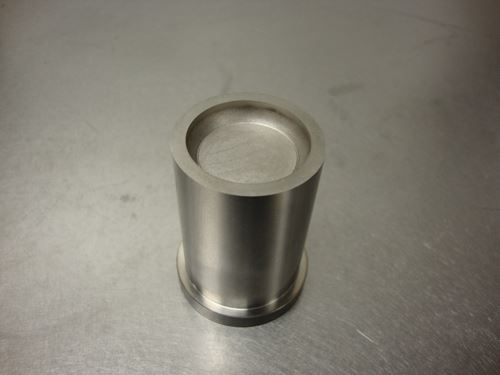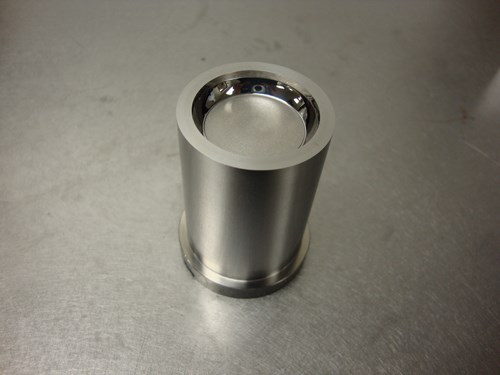How to Hire the Right Mold Polisher
When it comes to mold polishing, every step is crucial.
Share
Read Next
When it comes to mold polishing, every step is crucial. So, hiring the right polishing professional is a must. Mold polishers are indispensible to the life cycle of a mold—finishing the job with precision and efficiency while saving mold manufacturers thousands of dollars and countless headaches. To do the job right, mold manufacturers need an experienced group of polishers who is well trained and capable of handling any project to ensure that the mold is ready for production.
Hiring professional mold polishers saves money in the long run because if any given mold is placed in the hands of a poorly trained polisher, the final product will have blemishes, resulting in additional money to fix the problem. Problems that include round edges, waviness and tool marks, which can cost thousands of dollars depending on the type and size of the mold.
With keen observation, experience with EDM finishing and SPE-SPI specifications, and a broad knowledge of metals, professional polishers provide the best finish for any mold.
A professional polisher needs to have experience and training for polishing EDM surfaces up to SPE-SPI A-1 finishing. A well polished mold—one that is free from tool marks, has sharp edges, flat surfaces and the required finish—will yield a better finished product, as opposed to a final product that needs to be recalled. This saves money and eases the production process. Depending on the mold, the shutdown of production due to a faulty mold can cost anywhere from $5,000 to $12,000, hampering total profits.
Mold polishers must be skilled on all types of metals and alloys—aluminum, stainless steel, beryllium and copper. Experienced polishers know how to customize procedures to handle any type of mold. One should ask about years of experience, capabilities with respect to mold size, types of finishing that can be provided, and his/her ability to keep dimensions according to the requirements.
Professional polishers also have a unique power of observation that helps them to determine when to proceed to the next step, which results in a more efficient task. Mold polishers are keen detectors of tool marks, experts with EDM finishing and know when to start the buffing process.
Customer service, delivery and reliability are three key attributes to look for when selecting the right professional mold polisher. When a mold needs to be polished, time is of the essence, but quality should never be sacrificed. Mold polishers need the necessary technology and manpower to accomplish tasks—such as diprofilers, ultrasonic machines and sandblasters. With the necessary facilities to polish and ship any mold (size not being an issue), professional mold polishers can limit turnaround time while meeting deadlines and quality standards—giving the customer the security he needs.
Summary
A high level of craftsmanship is needed to appropriately polish a mold, especially for the high precision work of growing specialty fields, such as medical molds, etc. It is this craftsmanship that truly distinguishes a professional mold polisher from others in the field and gives moldmakers confidence that their product will be polished with the highest quality available.
Related Content
Hands-on Workshop Teaches Mold Maintenance Process
Intensive workshop teaches the process of mold maintenance to help put an end to the firefighting culture of many toolrooms.
Read MoreLaser Welding Versus Micro Welding
The latest battle in finely detailed restoration/repair of mold materials.
Read MoreThe Ins and Outs of Hot Runner Temperature Control
A training checklist that explains the why and how of proper hot runner temperature control and system management.
Read MoreHow to Eliminate Chatter
Here are techniques commonly used to combat chatter and guidelines to establish a foundation for optimizing the moldmaking process.
Read MoreRead Next
Are You a Moldmaker Considering 3D Printing? Consider the 3D Printing Workshop at NPE2024
Presentations will cover 3D printing for mold tooling, material innovation, product development, bridge production and full-scale, high-volume additive manufacturing.
Read MoreHow to Use Strategic Planning Tools, Data to Manage the Human Side of Business
Q&A with Marion Wells, MMT EAB member and founder of Human Asset Management.
Read MoreHow to Use Continuing Education to Remain Competitive in Moldmaking
Continued training helps moldmakers make tooling decisions and properly use the latest cutting tool to efficiently machine high-quality molds.
Read More








.jpg;maxWidth=300;quality=90)















